A Big Mac Fortune: How Den Fujita Brought Global Brands to Japan
What I learned from the life of Japan’s outsider entrepreneur
When Softbank founder Masayoshi Son was 16 years old, he was obsessed with meeting his idol: Japanese entrepreneur Den Fujita, famous for heading McDonald’s Japan. Masa called his office relentlessly, begging the assistants for a meeting. Eventually, he decided that a plane ticket to Tokyo would be cheaper than any more long-distance calls. He showed up at Fujita’s office unannounced with a simple pitch: “tell Fujita: ‘you don’t have to look at me. You don’t have to talk to me. You can keep on working, whatever you’re doing.’ I just want to see his face. For three minutes."
How can you say not to that? Fujita agreed to meet the teenager.
Masa asked his idol what business he should go into. Fujita looked at him and said: "Computers! Don’t look at the past, look at the future industries. Computer industry, that’s the one you should focus on.” Soon after, young Masa departed to the United States to finish high school and subsequently enroll at Berkeley.
After watching Masa describe this moment, I couldn’t stop wondering: Who the hell was Den Fujita?
"Success is given equally to all, if you work at it for 24 hours a day as I do." Den Fujita
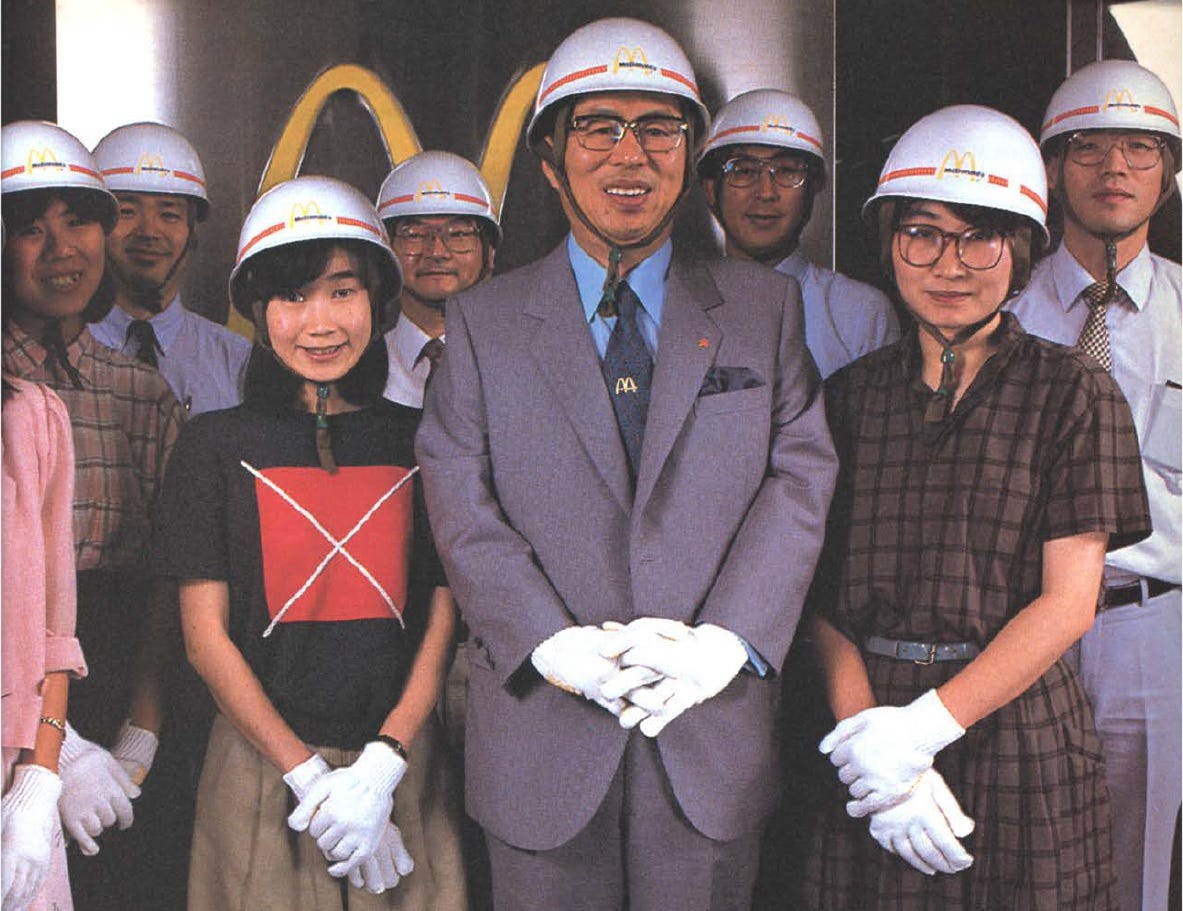
Fortune Magazine, 1986
This is the forgotten story of Den Fujita, an ambitious entrepreneur who spent his life introducing global brands and products to Japan.
Fujita shunned traditional career paths and built his first company while still a law student. Despite losing family members in World War II, he didn’t hesitate to look to the West for ideas and trading opportunities. Eventually, he leveraged his unique experience to become McDonald’s partner in Japan when the restaurant chain’s international business was still in its infancy. After making key changes to McDonald’s model, he built it into the country’s largest restaurant chain.
What I learned:
Fujita was an outsider and followed a unique path early on
How he met Ray Kroc and became McDonald’s partner
How he made McDonald’s fit into Japan
His crucial insight on real estate strategy
How his venture came down to 39 hours of execution
How he kept experimenting to improve the cultural fit
How he created value by connecting all the dots in his business empire
A unique path
"If 80 percent of the people say this is wrong, then you do it. If 80 percent say do it, don't go that way."
Fujita was born in 1926 and grew up in Osaka. His father worked as an engineer at a British company and Fujita was brought up bilingual. His father was also an outspoken critic of the war and renounced the Emperor’s divinity. Because of this, he was under observation by the military police. “My father told me I should speak out.”
One third of Osaka was destroyed during World War II bombing raids and Fujita lost both his father and two sisters. After the war, his mother, a Methodist, built a church for her congregation. “If a woman could do this, I felt that with a strong will, I could do anything.”
Fujita attended the law school at the University of Tokyo, one of the country’s most prestigious universities. While a student, he started working as an interpreter for the American occupation forces at the so-called General Headquarter, or GHQ, in Tokyo.
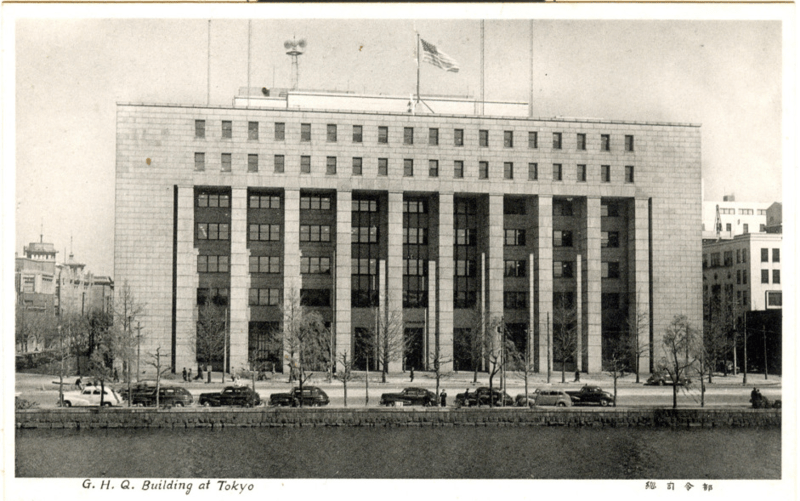
Perhaps using contacts gained at GHQ, he started his own company, Fujita & Co, to import foreign goods. I read that he paid for his college tuition with the trading business, though the accounts differ on what exactly he imported in the beginning. Fujita said that post-war Japan was “lagging far behind Western countries both culturally and materially” and he imported consumer luxury goods, including golf clubs and Florsheim shoes.
Rather than pursuing a career in the government or at a large corporation or, he started working full-time on his business after graduating in 1951.
Eventually he would focus on high-end fashion brands. Perhaps he anticipated that the post-war recovery would lead to a surge in demand for “exotic” Western luxury goods. One source mentioned that Fujita thought women’s clothing to be the most promising market due to the regular changes in fashion. He became a leading importer and wholesaler of handbags, suitcases, and clothing from brands such as Christian Dior and Longchamp. At one point he was the exclusive importer for Dior in Japan and the largest commercial buyer of Dior handbags globally. His client network among Japan’s department stores would become invaluable later.
Making a deal with Ray Kroc (San)
Fast forward to 1970. Fujita was an established businessman riding the wave of Japan’s growing prosperity. During his travels to the US he had eaten at McDonald’s restaurants as early as 1967 and enjoyed the experience. When his trading representative in Chicago told him that the company intended to expand internationally, he was immediately interested and arranged a meeting with McDonald’s management.
At this point in time, McDonald’s had more than a thousand restaurants in the US. But it’s international expansion had barely started. The company was not the global behemoth we know it as today. And the first international locations in Canada and the Netherlands had stumbled out of the gate. The Canadian territory had been licensed out to two entrepreneurs in 1967. McDonald’s bought back the rights and 43 unprofitable locations for $6 million in 1970. Only after more investment, more involvement from headquarters, and price cuts would Canada become a successful and profitable operation. It was still being restructured when McDonald’s met with Fujita.
In the Netherlands, McDonald’s had partnered with Albert Heijn, the leading local supermarket chain. A former management consultant, rather than an owner-operator, was put in charge. Like in the US, the restaurants were being opened in the suburbs. However, European cities had not seen the same suburban flight and decay of downtown commercial activity as their American counterparts. The Dutch operation struggled and would lose money for years.
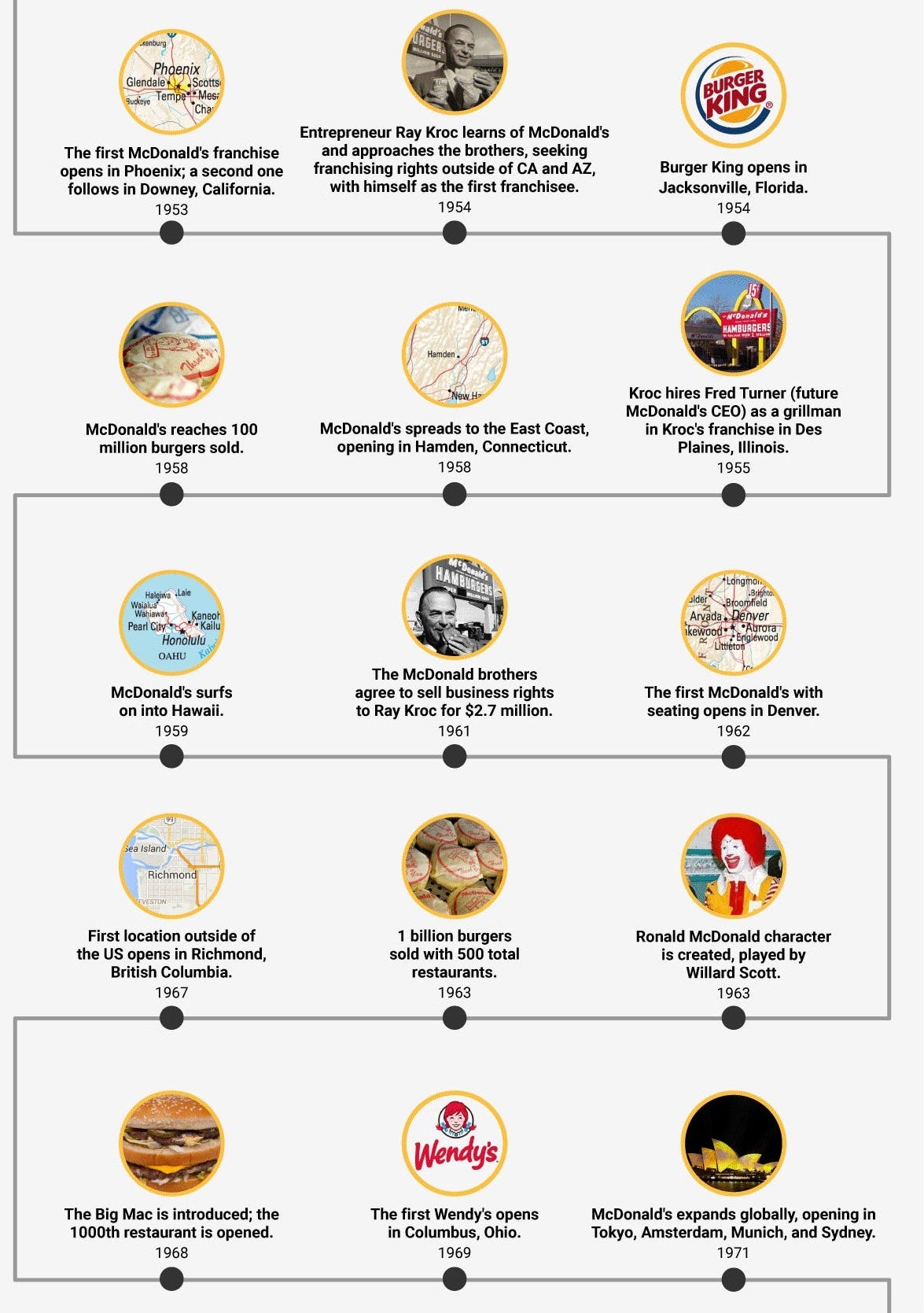
After these initial missteps, McDonald’s vowed to follow its proven model, combining the McDonald’s system with the enthusiasm of hands-on local operators. When evaluating potential partners in Japan, Fujita stood out among a line-up of corporations. While he didn’t have a large organization or as much capital as others, he had experience with global consumer brands and Japanese consumer taste. Because of his import business he was competent in navigating Japan’s bureaucracy. Lastly, he could offer his full commitment and passion for the business.
James Cantalupo, president of McDonald's International, said: “the truth is that when we came here there were not a lot of people who could maneuver through the bureaucracy. He really knew how to do that. His rare quality is that he can bridge the two cultures."
As Fujita put it:
"I told Kroc-san I was only interested if it was a 50-50 joint venture, with a Japanese president. He replied that his only condition was that we succeed. So, we went ahead."
The McDonald's Japan joint venture was set up with McDonald's owning 50% and Fujita and Daiichiya Baking Copmany each owning 25%. McDonald's invested $150,000. Fujita and the bakery contributed $37,500 each. Reportedly, Fujita later bought out the bakery’s share.
Making Makudonarudo fit into Japan
If I put myself into Fujita’s shoes for a moment, this is a moment of both tremendous opportunity and risk. On the one hand, he succeeded in getting control and meaningful ownership in his partnership with a major American brand. On the other hand, their track record in international expansion was lackluster. There was no blueprint for success. Cultural differences were another hurdle. At the time, people doubted that Japanese customers would be interested in eating hamburgers, let alone eating burgers and fries with their hands.
Here is how Fujita described cultural sentiment at the time:
"All Japanese have an inferiority complex about anything that is foreign, because everything in our culture has come from the outside. Our writing comes from China, our Buddhism from Korea, and after the war everything new, from Coca-Cola to IBM, came from America."
He concluded that the company had to look 100% Japanese. This was not a luxury fashion brand that upscale consumers were longing for. He would offer the McDonald’s experience without suggesting that it was an American brand. He changed the English names to make them easier to pronounce: McDonald’s became Makudonarudo and Ronald McDonald became Donald McDonald. Later, he would also alter the menu to incorporate local favorites.
Years later, Fujita would tell an anecdote to demonstrate the success of his approach: a group of Japanese boy scouts visited the US and was interviewed by a local TV station. One of the boys said: "I didn't know that they had McDonald's in the USA, too."
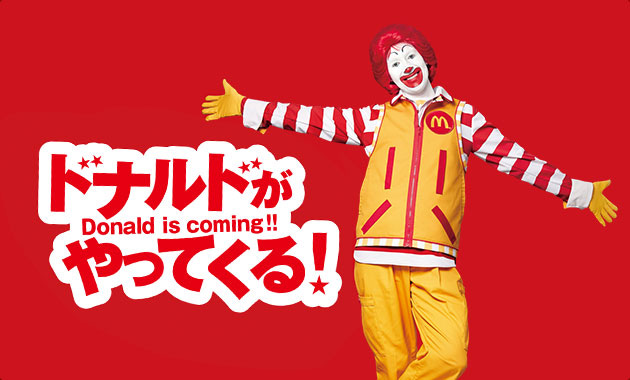
A crucial real estate insight
Perhaps Fujita’s most important decision was to change McDonald’s real estate strategy. In the US, McDonald’s had become successful during a period of explosive growth in the suburbs. Its stores catered to customers arriving by car.

Fujita was convinced this was the wrong approach for Japan. He believed that the restaurant would be most attractive to a younger and urban customer base who were open to new ideas and tastes. He remembered a “big argument” over the locations but stubbornly declined to follow the American blueprint.
"The eating habits of older Japanese are very conservative. But we could teach the children that the hamburger was something good."
Not only did he want his first store in a city. No, it had to be in the heart of commercial activity in all of Japan. It had to be in Ginza, one Tokyo's high-end shopping district and a popular tourist destination. He wanted what today we would call a flagship.
"I figured that American tourists eating hamburgers in the Ginza would be an eye-catcher, Japanese seeing that would think, 'Americans are eating it; it must be good."
Thanks to his import business, he had a network of contacts in the world of retail. He found a partner in Mitsukoshi, Japan's largest and oldest department store with roots dating back to 1673! He was able to get a tiny 500 square feet ground floor space in their Ginza branch. The spot was located ( surprise!) by the purse department.
It all came down to 39 hours: “Mr. Fujita, where’s the store?”
This was a prime location, but it came with a catch. Not only was it much smaller than the typical McDonald’s restaurant, Mitsukoshi was not going to let construction activity affect its regular business. The store gave Fujita one day and night to build his restaurant. For this, they picked a holiday such that absolutely no business would be lost. He had from 6pm on Sunday to 9am Tuesday – 39 hours – to build out the entire restaurant.
The pressure must have been immense. Here was the opportunity of a lifetime and he was so close to making it a reality. But turning his vision of urban McDonald’s into reality would require a herculean effort and unwavering conviction. What happened next is evidence enough to me that McDonald’s was right in betting on an imaginative entrepreneur fully committed to the venture. There would be no compromise.
On July 17, 1971, a few of days before the planned opening, various McDonald’s executives including Ray Kroc arrived in Japan. Fujita proudly took them to the Ginza location. One of the men turned to Fujita: "But where's the store? Mr. Fujita, grand opening is the day after tomorrow!" Fujita just said: “Ah, Mr. Strong, we will do it.” Strong told Ray Kroc: “We’re in big trouble. We’re opening in two days and nothing is there.” But two days later, there would be.
Fujita had rented a warehouse where he had the McDonald’s restaurant redesigned to fit the smaller space: with a more compact kitchen, stand-up counters, no seating. Deal with it. Next, he had brought a crew of 70 construction workers and engineers to the warehouse. They had developed a detailed assembly schedule and started practicing the process start to finish. After three trial runs, the crew had figured out how to get the time down to just 36 hours!
And on July 20, 1971, the first McDonald’s restaurant opened in Japan.
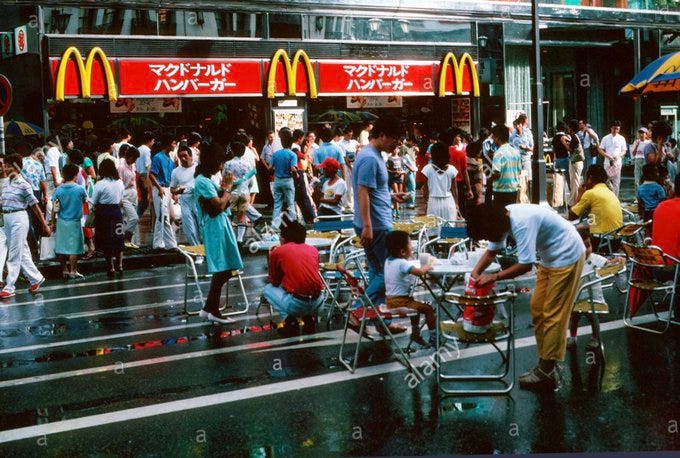
The Acid Test
Despite no advertising the restaurant was an immediate hit. Within a few months the unit set a McDonald’s record for one day sales. As a McDonald’s CEO Fred Turner put it: "Japan was really the acid test. After that we realized that the American menu could fly abroad."
Fujita expanded at breakneck speed. The second store opened three days later near the major Shinjuku train station in Tokyo. Another unit opened the following day. At McDonald’s Japan headquarters, Fujita assembled a team of twenty people to carry out the most aggressive expansion program of any global McDonald’s operation. He had even started the Hamburger University, the store manager training program, before the first store had opened.
From 1971 until 1999, McDonald’s Japan opened 3,000 location – that’s two openings per week for 28 years.
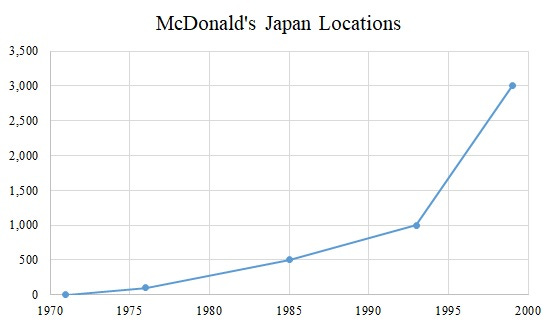
Refining the formula and “cultural fine points”
Later, Fujita would make menu changes and expand to the suburbs, illustrating that he remained flexible after his initial success. After adding rice dishes, he said:
"I realized that I didn't have to change the whole strategy, but just alter the menu. If that's where the business is promising, I'll try it."
Today, McDonald’s Japan has an iconic menu generating free publicity…
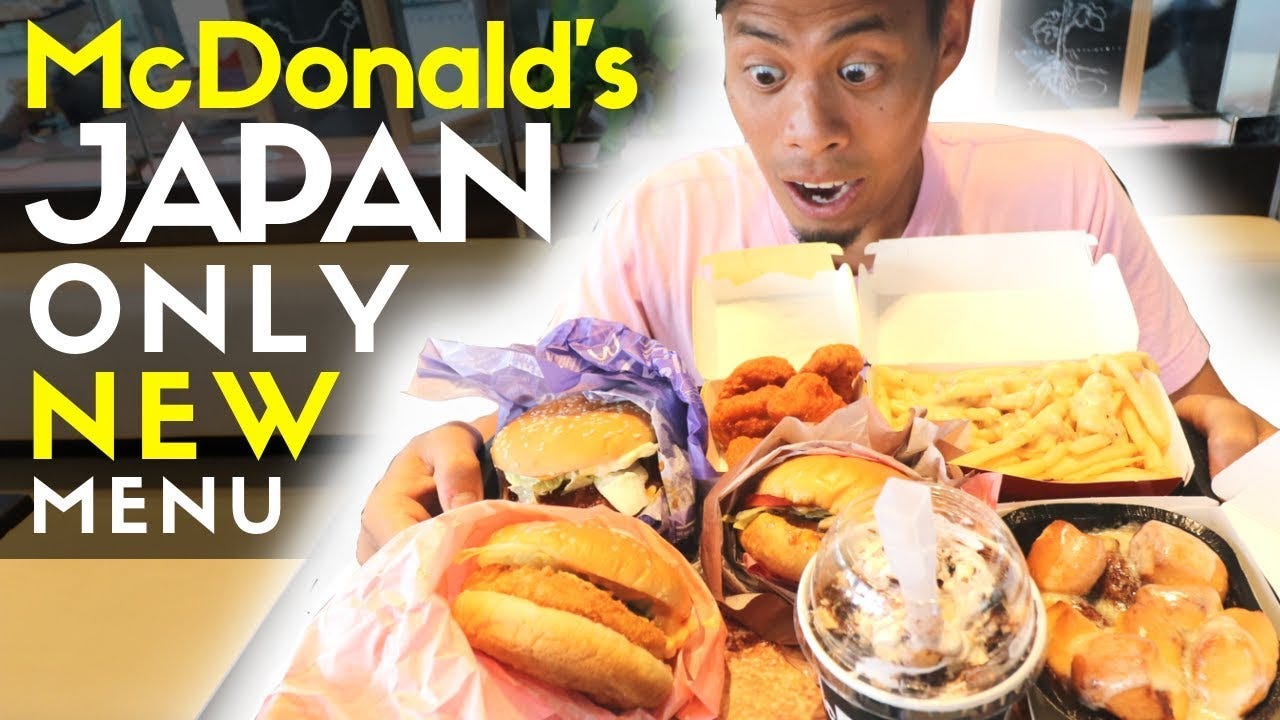
Fujita’s decisions sometimes baffled the Americans. One time, Turner visited a restaurant and found it decorated with pictures of bikers that reminded him of the Hell’s Angels. He was shocked – McDonald’s was a family restaurant!
Fujita explained: “this is very Western and young Japanese people like Western.” But Turner didn’t like what the images were projecting: “Den San, we are not a hangout place. This looks like a motorcycle gang hangout." Fujita just responded: “No problem, Turner San. Japanese people don't understand the fine points."
Another interesting lesson is the McDonald’s handbook which contains the chain’s operating principles and procedures. Turner described the grill operation in the US: “we’ve been trying to get twenty-eight thousand grill persons to lay the first row of patties four inches from the left of the grill, closer to the heating element. But in the US, with our Yankee mentality, you watch these grill men and they don’t give a damn what the system says, because they’ve got a better way.”
In Japan however, employees followed the manual to a tee: “In Japan, you tell a grill man only once how to lay the patties, and he puts them there every time.”
While that will make the restaurant more efficient and consistent, McDonald’s thrived on a combination of its system with the local operator’s initiative. From now on, executives would have to take these cultural traits into consideration when writing instructions. In Turner’s words:
“I’d been looking for 100% compliance for thirty years, and now that I finally found it in Japan, it made me very nervous.”
Personality
"In business, the only justice is winning. There is neither clean money nor dirty money. In a capitalistic society, all methods of making money are acceptable."
Fujita became a relentless promoter of McDonald’s, making TV appearances and regularly visiting the stores. He made some fairly ridiculous statements:
"The Japanese are very hard-working, but very weak, very small and our faces are so pale. I thought we had to strengthen ourselves. That's when I thought of beef."
He could be quite funny, like when McDonald’s Japan went public:
"If you are a human being, please have this very tasty hamburger at least once a day."
His personal life was described as quiet and understated. He had married his high school sweetheart and lived in an upscale Tokyo suburb. He wore a Casio watch, not a Dior. His two sons joined the Fujita & Co. family business.
In 1985, he appeared on the David Letterman show. This is the only English video footage I could find of him. Unfortunately, there is zero depth to the conversation. Also, the audience giggled like schoolchildren. I have no idea what else was going on that night but it’s very annoying. Still, I enjoyed watching the man himself for a few moments.
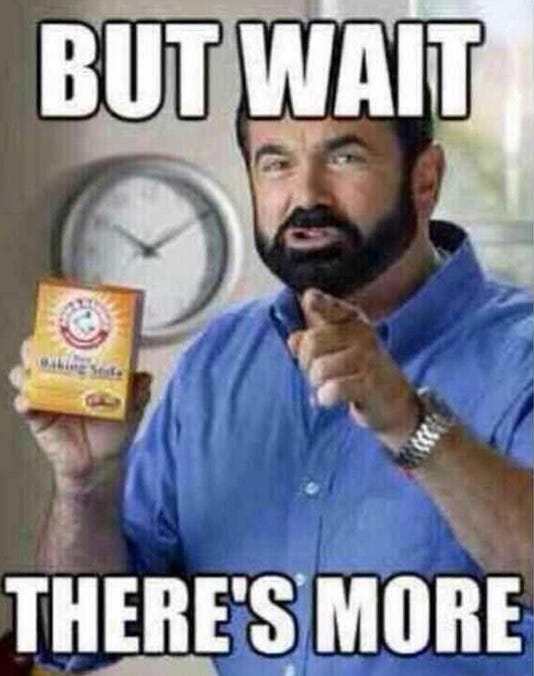
Connecting all the dots
With his entrepreneurial spirit, Fujita connected all of his different ventures to create more value. For example, his trading company imported food and furniture for the McDonald’s restaurants. I don’t know if there is a lot of margin in the import of Idaho potatoes, but Fujita sure didn’t let anyone else have it.
Initially, there was no interest in McDonald’s Japan franchises and the company ended up owning and operating most of its restaurants. Fujita became a landlord to the company by investing in attractive real estate, often near railway stores and shopping malls. He also invested in other real estate ventures including cineplexes, rental apartments, and fitness centers.
He also turned the real estate expansion into an asset. Opening stores at a breakneck pace required a system to identify and analyze suitable new locations. In the 1990’s he invested $15 million in a geographic information system that could identify potential restaurant sites by using databases with information on the local population, income levels, traffic, and expected cannibalization from existing stores. A proud Fujita said:
"It cuts the time needed to analyze a new site from a week to five seconds."
With this system and his experience, he became a uniquely valuable partner for other foreign retailers interested in entering Japan. When Toys ‘R’ Us planned its expansion in 1989, they didn’t want to work with anyone else.
“To be honest with you, we'd followed him and knew about him," said Mr. Nakasone of Toys ‘R’ Us. "He was not only our first choice, but our second, third, fourth, fifth and so on. After our first meeting we felt even more so that he was the right partner. We could see that he was a bit of a maverick. He was not only bilingual, but bicultural. He saw the potential for our business there immediately. He shared our impatience for trying to get it growing."
“How Toys’R’Us became number one in Japan” (2003):
Mr. Barbour cited four success factors for Toy's "R" Us-Japan. One was the early involvement of local partner Dan Fujita, retired Chairman and CEO of McDonald's Holdings Company (Japan), Ltd. That relationship conferred substantial business advantages in real estate, marketing and government relations.
McDonald’s Japan even took a 20% stake in Toys ‘R’ Us Japan. And unlike its US parent, the Japanese chain seems to have transitioned more successfully to the digital age.
Fujita died in 2004. The following year, his family sold a 25% stake in McDonald’s Holdings Japan for $668 million to private equity firm Longreach (per the WSJ).
If you visit the website of Fujita & Co today, you’ll find it to be a mini-conglomerate with businesses in consumer brands, retail, and real estate. Among its business principles are an “attention to cultural traits” and “Principled communication with an emphasis on reliability.”
“Principled attention to cultural traits”
“Products all have a cultural background from which they were born. Different cultures perceive them according to the conditions and environment under which they are introduced. It is easier for a culture to accept a product when the essence of the product as it stands is arranged in such a way that is suitable to the environment it is in.”
“Principled communication with an emphasis on reliability”
“Always honoring contracts and promises and upholding our trustworthiness. People place their trust in those relied on by others. We spread our network of reliability as though it were a chain of interlinked magnets.”
I think these quotes capture the essence that made Den Fujita successful. Not only was he always seeking out new brands and ideas, he saw the need to “arrange” them to fit into the local culture. Importantly, he understood both Japanese and Western/American culture well enough to know what should be changed and what was the “essence of the product” that must not be altered.
He built a reputation for reliability which became invaluable in attracting new business opportunities and in particular the high stakes joint ventures he achieved with large global brands.
Den Fujita was an outsider and contrarian who built his fortune as an importer in a country famous for its exports. His business life was a remarkable success. No wonder that he inspired Masayoshi Son. Thankfully, Fujita had his “eyes fixed on the future” and guided Masa to technology, not restaurants.
I hope you enjoyed learning about Den Fujita as much as I did. As always, feel free to reach out to me with any feedback or suggestions. You can reach me via email or Twitter DM.
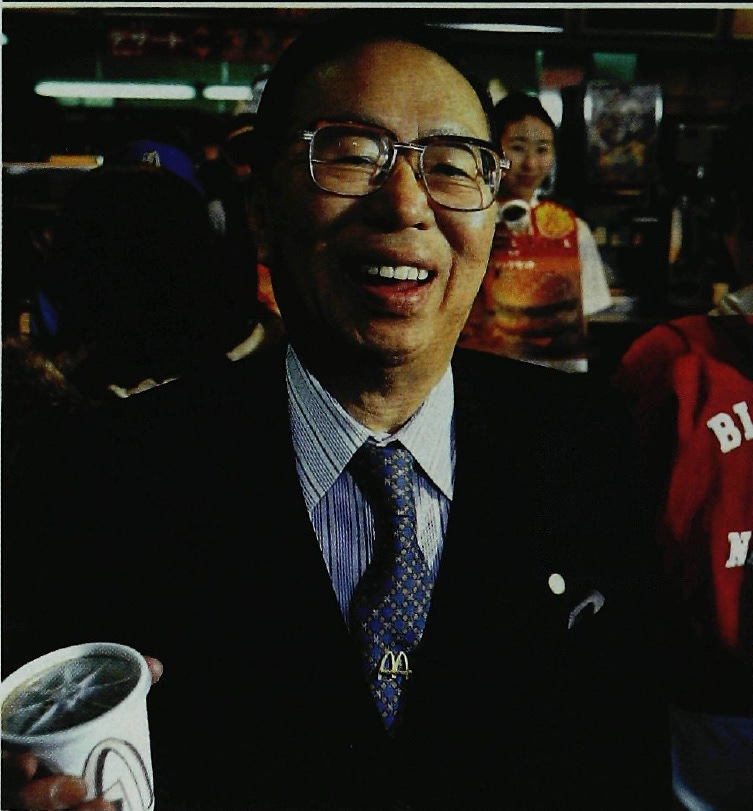
Forbes, 1998



